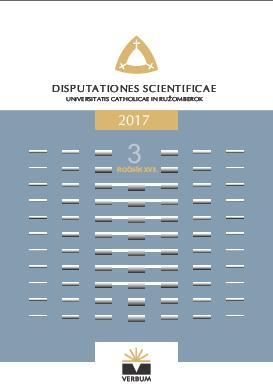Populačný trend u hlucháňa hôrneho (Tetrao urogallus L.) v Západných Karpatoch v rokoch 1981 – 2014
Population Trend in Capercaillie (Tetrao urogallus L.) in the West Carpathians in 1981 – 2014
Author(s): Miroslav SanigaSubject(s): Human Geography, Regional Geography, Demography and human biology
Published by: VERBUM - vydavateľstvo Katolíckej univerzity v Ružomberku
Keywords: Capercaillie; Population Dynamics; West Carpathians; Slovakia;
Summary/Abstract: In 1981-2014, population dynamics of the capercaillie Tetrao urogallus L. was studied on forty-three leks in the West Carpathians (Slovakia). Nest and chick losses were also studied. Results demonstrate a marked decrease in numbers of cocks and hens. The average number of birds per lek was 4.0 cocks and 4.4 hens when the monitoring started in 1981. It declined to 1.4 cocks (r = 0.83, p = 0.001, y = -0.189x + 20.588) and 1.6 hens (r = 0.67, p = 0.001, y = -0.142x + 15.823) per lek in 2014. Comparing the number of cocks on forty-three leks with the proportion of old-growth forest (over 80 years old with suitable spatial structure) within 1 km radius of a lek, a statistically highly significant correlation between the amount of old-growth forest and the number of cocks attending a lek was found (Pearson correlation coefficient r = 0.725, p < 0.01). The average number of chicks accompanying a hen significantly decreased during the study period (r = 0.77, p = 0.0003, y = -0.409x + 41.155). Female chicks were consistently outnumbering male chicks. Several factors have contributed to the dramatic recent decline in capercaillie population in the mountains of the West Carpathians. Habitat deterioration played probably a main role.
Journal: Disputationes Scientificae Universitatis Catholicae in Ružomberok
- Issue Year: XVII/2017
- Issue No: 3
- Page Range: 137-155
- Page Count: 19
- Language: English

